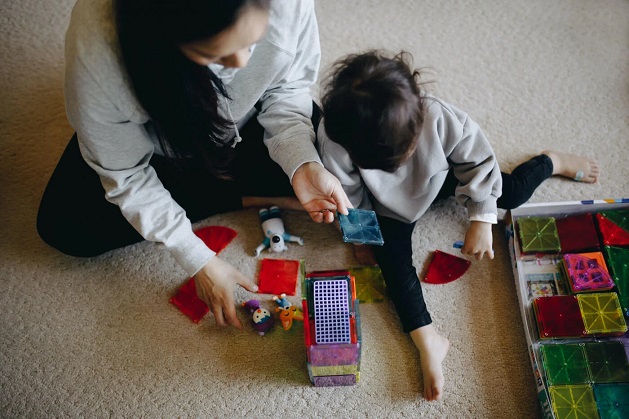As a parent, there are many essentials you have to take care of and purchase for your little one – toys included. After all, children learn and develop through play, so it’s an important part of their childhood. With this in mind, however, the importance is also placed on the type of toys you provide them with, as not all of them are created equal.
Some stand out more than others, and this is where I’d like to single out the enjoyable and interactive toy STEM alternative. Short for science, technology, engineering, and maths, it’s a solution geared towards providing kids with hands-on experiences that are fun and encourage a lot of curiosity as well as learning. In short, it can unleash your child’s intellectual potential!
What Are the Benefits of STEM Toys?
As there are various STEM options to choose from for your child, created to introduce children to a range of concepts, from building and coding to robotics, chemistry, mathematics and mechanics, you can expect playing with these aids to provide:
A Chance to Enhance Problem-Solving Skills
As the toy STEM solution isn’t your typical toy play, you can expect it to challenge your child and encourage him or her to find creative ways to build or solve it.
A Way to Improve Logical Thinking
If you opt for toys like puzzles, you’d be surprised at how much they help children learn how to use their analytical thinking, and how much fun they have by experimenting with building to find the solution.
A Means to Build Confidence
Although independence is something that’s crucial for their lives later on, children should be encouraged to become more independent since their early age. This is exactly what you can expect to provide them with when you buy them STEM toys for kids as they gain more independence through the increase in confidence they get after experimenting and solving puzzles, building blocks, and codes on their own.
A Development in Fine-Motor Skills
The incredible hands-on experience provided by this kind of toys enables the involvement of the hand-eye coordination skills as well as dexterity, so your child can benefit from the improvement in fine-motor skills whenever playing with these fun and interactive toys.
Tips for Choosing STEM Toy

As there are versatile options of these toys, it’s important to know what it is you’re looking for and need for your child. As such, it’s necessary to consider a few aspects to know you make the right choice for your child, focusing on:
Your Child’s Age
To make sure your child enjoys this kind of play, and makes the most of the toys instead of getting disinterested in ever playing with them out of frustration from the complexity, it’s crucial to weigh in their age as not all toys are suitable for a specific age. What’s meant for toddlers aged 1 to 3, such as simple stacking toys and puzzles, or shape sorters, is rather simple for the preschoolers aged 4 to 6 who could do with more engaging construction kits, or even coding toys.
So, look through the options and check the age suitability before you buy. Children aged 7 to 10 can already handle more complex robotic kits, as well as logic and design oriented introductory programming kits and tools. Children aged 11 and above are ready for advanced robotics and engineering kits, as much as coding platforms.
Your Skill Development Goals
Perhaps your child shows signs early on of preferences towards one of the STEM options, or perhaps not. In any case, as a parent, take time to consider the skills you’d like your child to have the chance to work on through the play. For science encouragement, consider options like chemistry sets, or telescopes.
For technology, electronic kits are great for learning basic programming. For engineering, the building sets are the perfect way to introduce them to design and mechanics principles. And lastly, for maths, any puzzle toy, or toys that involve logic tasks like counting and patterns would do.
The Hands-on Engagement
While you’re going to encounter some type of STEM that involves screen-time interactions, and it’s good to opt for it since we do live in a digitalised world, the focus should still be on toys that offer a hands-on experience. This option is better for encouraging them to explore with different solutions, experiment, interact, and build – all aspects that help build creativity as much as skills, like essential problem-solving ones.
The Open-ended Play
If you want your child to get more of the critical, analytical kind of thinking, toys that offer flexible solutions and open-ended play are the key here. They’re great as they foster imagination, and give kids the flexibility they need to find all the possibilities there are to build the type of puzzle or building kit they got.


